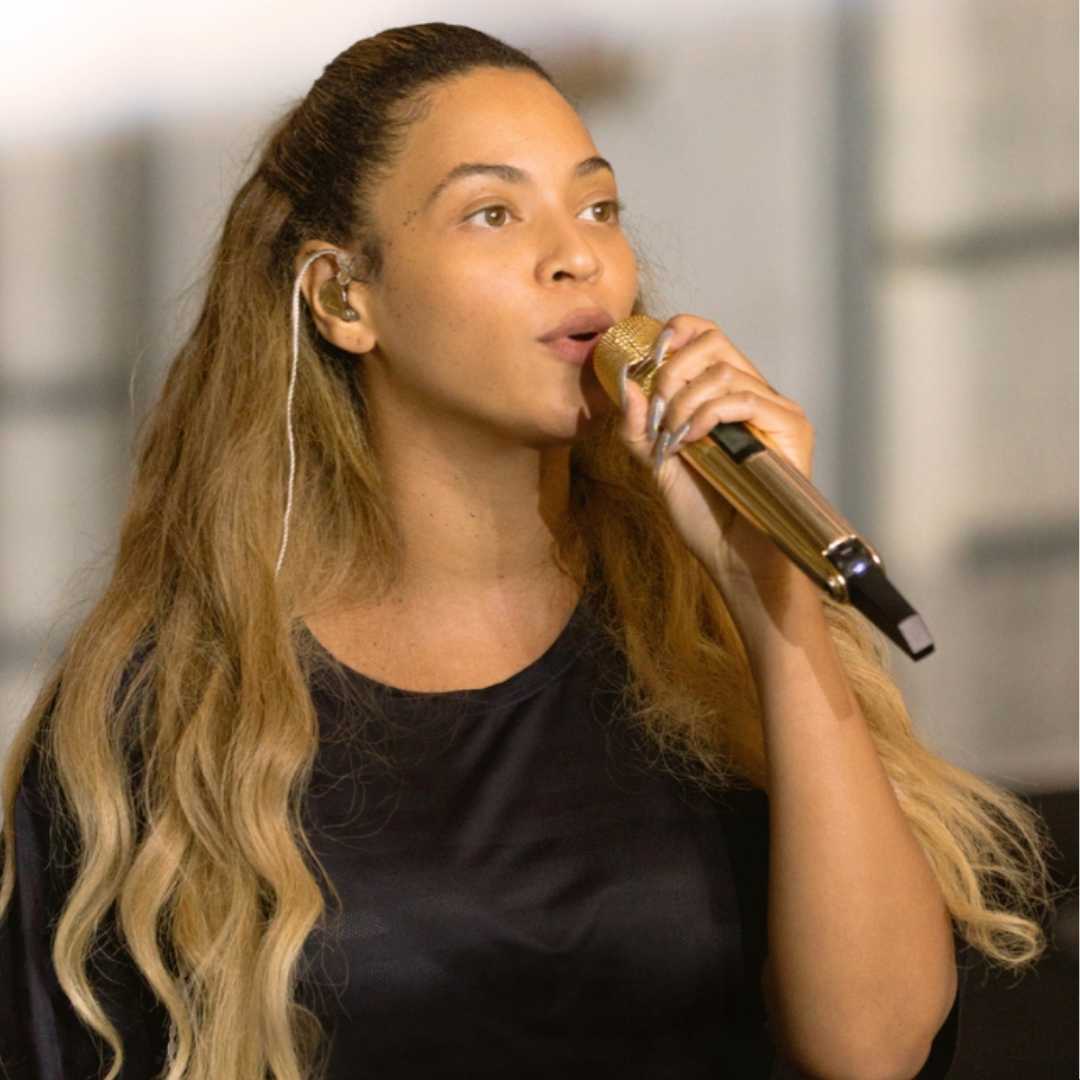Writers: Vaughn Lowery, Tara McDonough, Stella Iman Dugall
Every once in a while pop culture encounters a rip in its continuum. The latest breach comes from one of the most effervescent entertainers of all time, Beyoncé Giselle Knowles Carter, as the first Black female to headline one of the most prolific festivals since the iconic Woodstock. Introspective yet intimate, Homecoming is positioned to be one of the most immersive concert series in the history of music and streaming services. Beyoncé, the Director and Executive Producer of the film, creates a visually captivating story from the beginning to end. The documentary answers a plethora of questions, at which the infamous Beyhive has had about the historical moment.
With intermittent quick cuts of her family before, during and after the epic performance, Beyoncé gives herself permission to exhibit her vulnerability. After all, she planned to take the stage at Coachella in 2017 before she was pregnant with her twins. The tour was postponed and we fast forward to ‘Mrs. Carter’ having to deal with the aftermath of a complicated pregnancy, which ultimately ends in a c-section. Similar to friend, and professional tennis superstar, Serena Williams, Beyoncé bounced back harder than ever after her tough pregnancy. Throughout the piece she digs deep and pummels through some of the most difficult days she has ever encountered. She even speaks to her weighing 218 lbs and how she was only able to zip her costume up after months of hard work alongside of a dedicated clean/raw food diet – no meats, carbs, sugars. The director of photography expertly captured an extremely intimate and vulnerable side to the strong and flawless Queen Bey.
Inspiration
Having family members as graduates of some of the prominent HBCU (historically black colleges and universities), Beyoncé was able to tap into the most celebrated moments of their collegiate life. Her full show not only highlighted the history of these schools but also their social networks and fraternal organizations; transforming the stage into one of the most dynamic Black Southern spaces of cultural legacy and pride. Much of it was enunciated with their boot dancing, a traditional dance style for HBCU called J-Setting, in between transitions. These dance formations visually anchored the performance. Contortionists contributed an urban Cirque du Soleil vibe to the display which can be more accurately described as an infused gumbo of Chicago (the musical), Moulin Rouge! and the Off-Broadway play Stomp. To date, the pyramid stage has been persevered onsite at this year’s Coachella as an art installation.
A group of 200 people shared the stage with Queen Bey including Jay Z, Kelly Rowland, Michelle Williams and Solange Knowles. The expansive crew that Beyonce worked and practiced with for 8 months is featured in the documentary, as each individual had their own part in making the event a success. The dancing in her set is not technical, but emotional. The crowd, as well as audiences watching the documentary at home, are meant to feel something from just the way Beyoncé and her dancers, who she handpicked herself, move with each other. The concert experience not only exhibits the immense talent of HBCU musicians but works towards using this heightened exposure to aid these institutions that have been struggling with little resources and grants since their establishment.
After the the release of Homecoming, Netflix will more than likely notice a spike in downloads/subscriptions; Beyonce will notice an increase in her fan base and HBCU enrollment rates will most likely skyrocket. Overall, most audience members will be thrashed into a world of black honor, history and preservation. While the Pew Report notes that there is a varying “black/white digital divide” concerning internet usage, (87% whites, 80% blacks), there is little divide when it comes to mobile platforms. The growth of black presence in media, such as on social media, in streaming services and more, will only continue due to the imminent success of Beyoncé’s partnership with Netflix. Her myriad of success as a dominant Black woman breaks down barriers in the same way Jordan Peele has done for young Black filmmakers across the diaspora. This will become one of the most treasured pieces of mass media and should offer encouragement to both women and minorities to bust through the glass ceiling on all fronts especially digitization and technology.
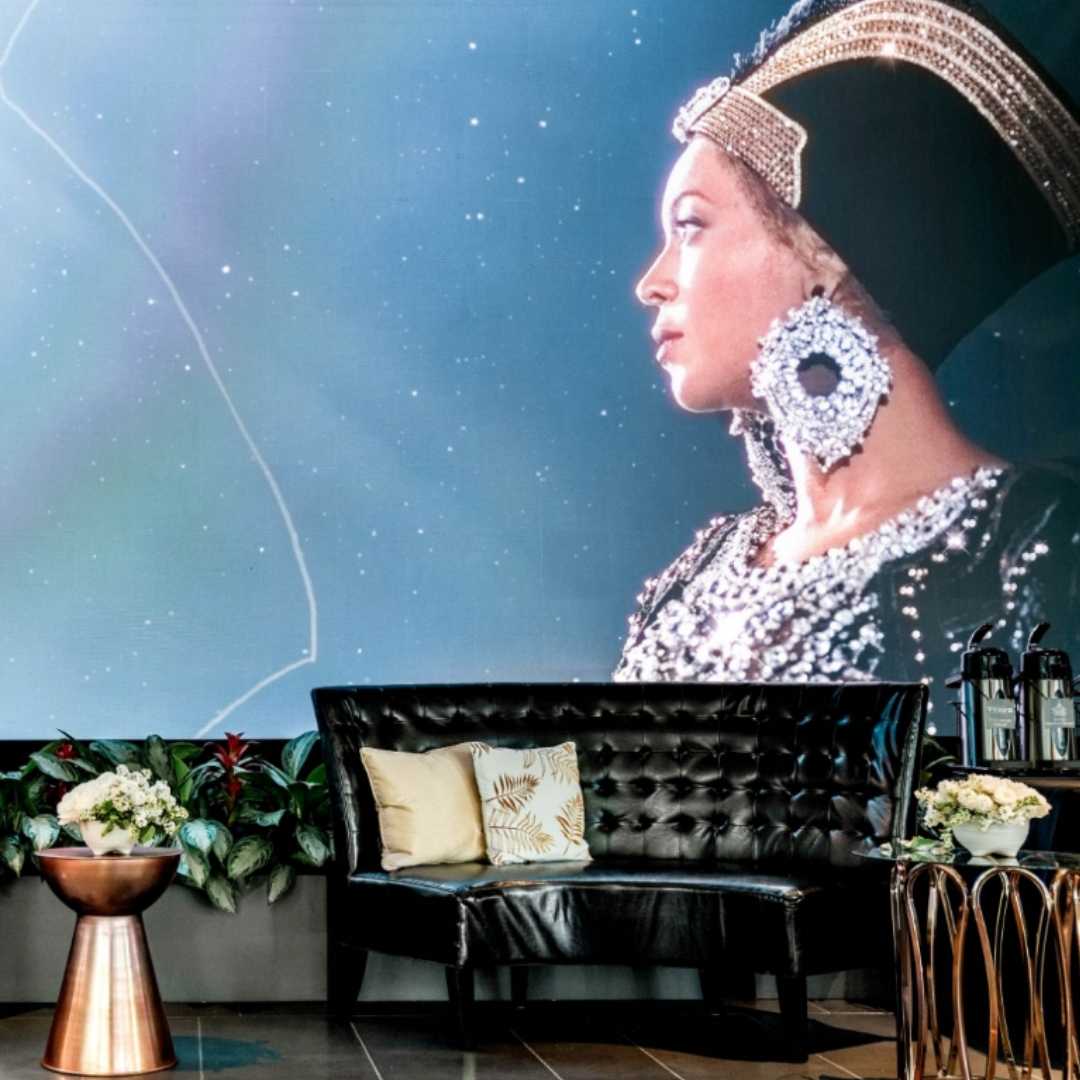
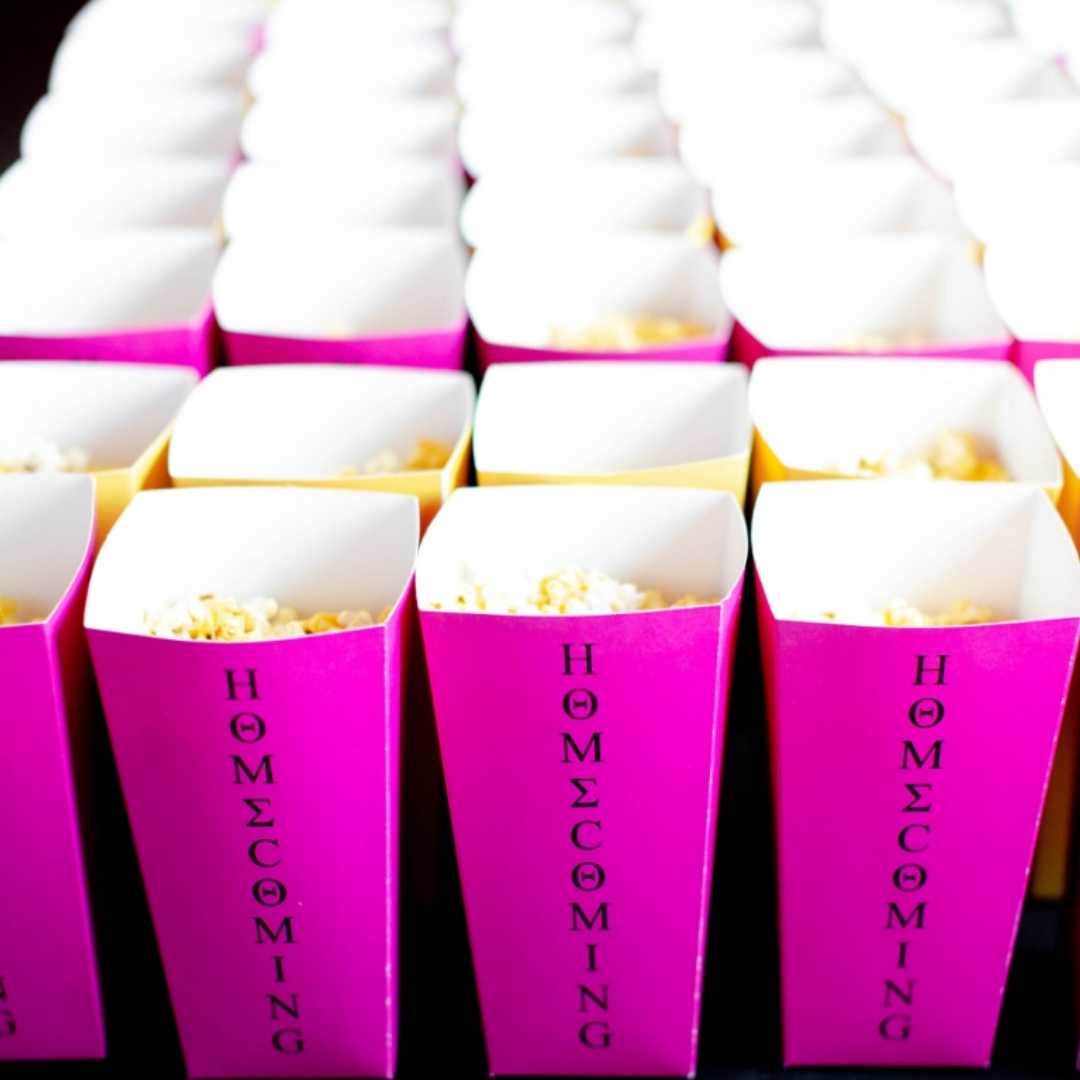
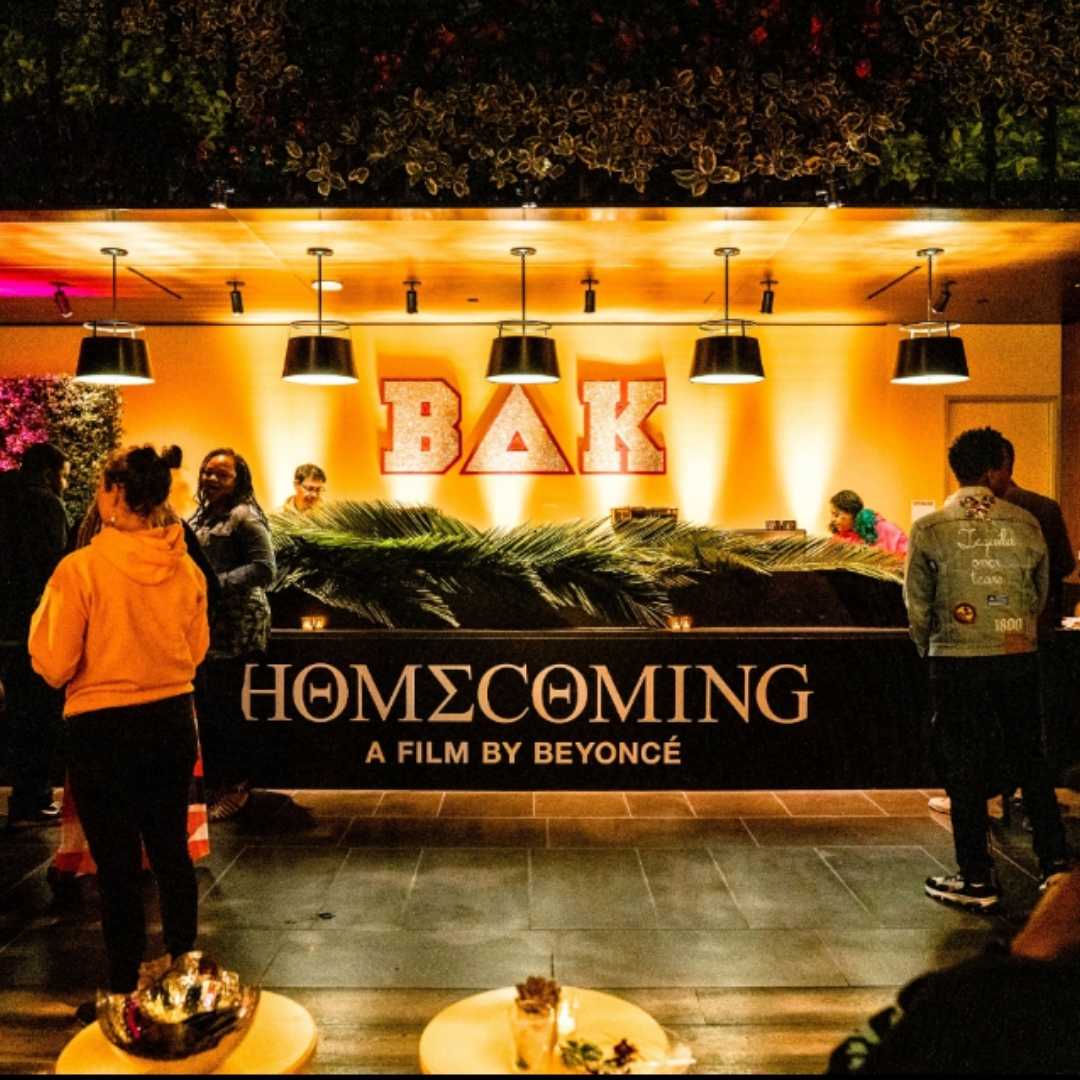
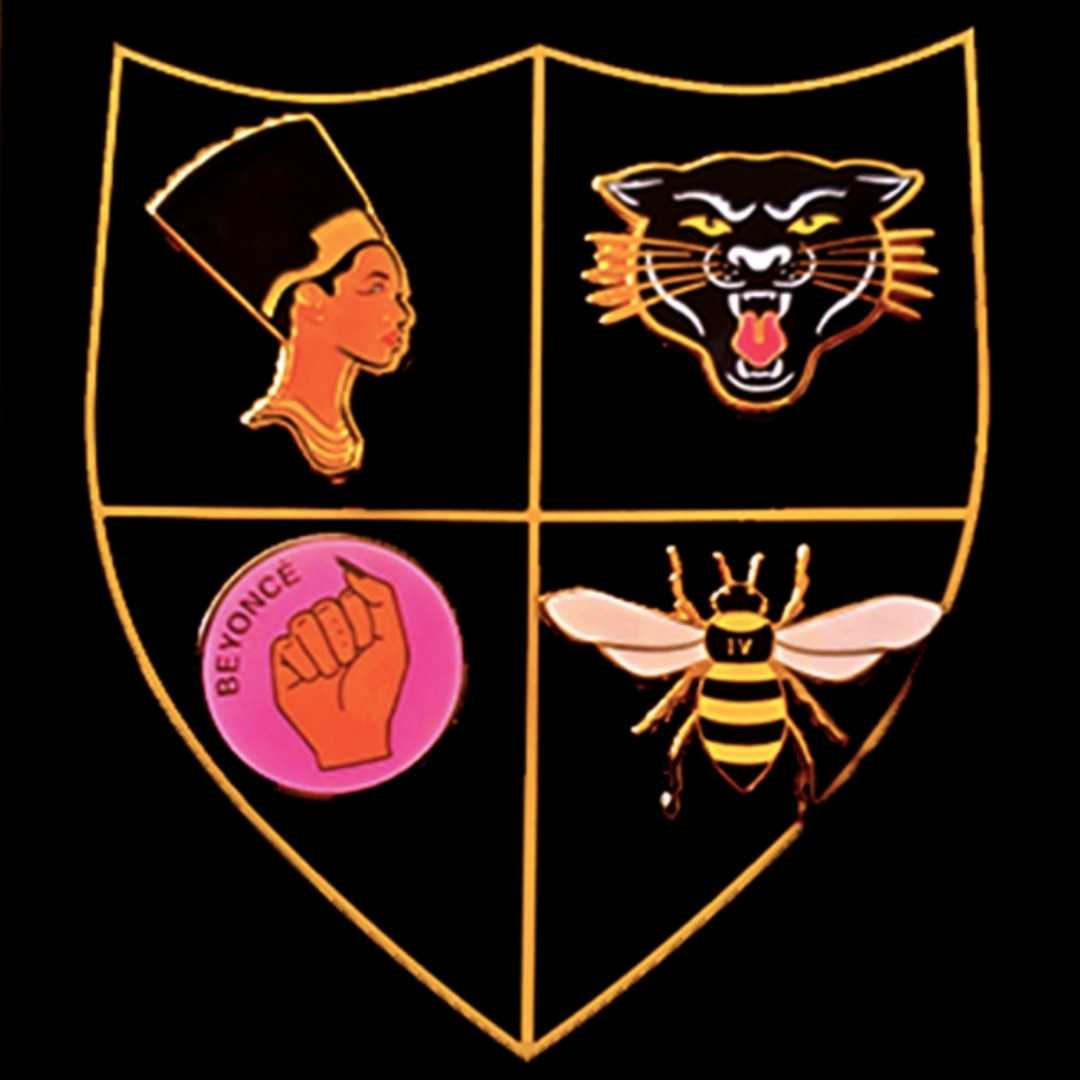
Illustrator: Alejandra Villagra


